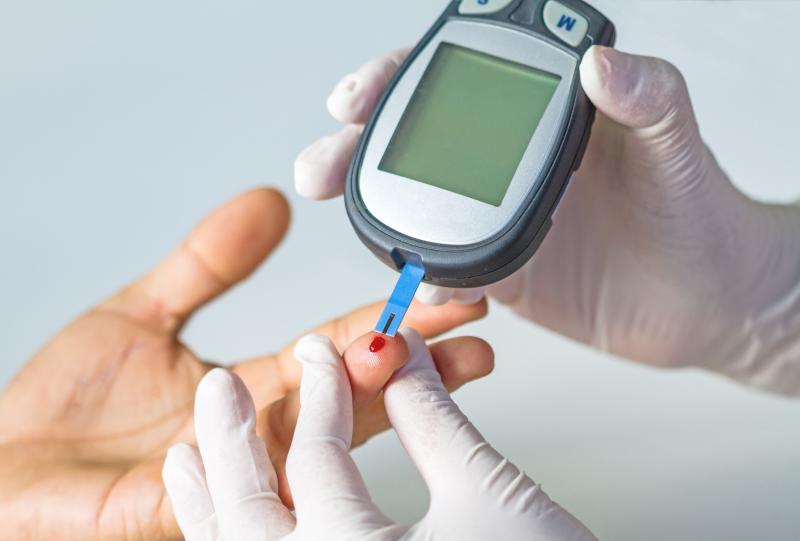
Postprandial hyperglycaemia may increase the risk of incident diabetic retinopathy (DR) in patients with type 2 diabetes (T2D) independently of glycated haemoglobin (HbA1c) status, reports a new study.
Researchers enrolled patients with measurements for intrapersonal mean blood glucose levels 1–2 hours postbreakfast (1–2h-PBBG; n=323), postlunch (1–2h-PLBG; n=406) and both (1–2h-PBLBG; n=487). Data were collected over the first 2 years of their clinical follow-ups. The incidence of mild-to-moderate nonproliferative DR was the study endpoint.
A total of 145, 92 and 126 participants in the PBLBG, PBBG and PLBG groups developed incident DR, respectively. The corresponding median follow-up times for these groups were 6.9, 7.5 and 6.7 years.
Multivariate Cox proportional hazards analysis found that when taken as continuous variables, the mean 1–2h-PBLBG (hazard ratio [HR], 1.08, 95 percent confidence interval [CI], 1.01–1.17; p=0.033), PBBG (HR, 1.08, 95 percent CI, 1.00–1.17; p=0.047) and PLBG (HR, 1.07, 95 percent CI, 1.01–1.13; p=0.026) were all significantly predictive of DR development.
In all three cases, HbA1c level likewise emerged as a significant risk factor for DR (PBLBG: HR, 1.70, 95 percent CI, 1.28–2.26; p=0.0003; PBBG: HR, 1.73, 95 percent CI, 1.17–2.56; p=0.006; PLBG: HR, 1.71, 95 percent CI, 1.29–2.29; p=0.0002). However, HbA1c did not seem to be a significant modifier for the effect of postprandial glycaemia on DR risk.
“Even with well-controlled HbA1c levels, correcting postprandial hyperglycaemia is important for preventing DR, especially in middle-aged adults with T2D,” said researchers.